Victorian Decor: A Guide to Adding Classic Elegance to Your Home

Victorian decor is a popular interior design style that takes inspiration from the Victorian era, a period of British history that spanned the reign of Queen Victoria from 1837 to 1901. This style is characterized by ornate details, rich colors, and a mix of classic and modern elements. Victorian decor is often associated with opulence and luxury, but it can also be adapted to suit a variety of tastes and budgets.
Historically, Victorian decor was influenced by a number of factors, including the Industrial Revolution, which brought about new manufacturing techniques and materials, as well as the arts and culture of the time. Upper-class Victorian homes were often decorated with lavish furnishings and decor, while working-class homes were more modest and utilitarian. Today, Victorian decor has evolved to include a range of styles, from traditional to modern, and can be used to create a variety of looks, from elegant and formal to cozy and eclectic.
Key Takeaways:
- Victorian decor takes inspiration from the Victorian era and is characterized by ornate details, rich colors, and a mix of classic and modern elements.
- This style is historically influenced by the Industrial Revolution and the arts and culture of the time, and was used to decorate both upper-class and working-class homes.
- Today, Victorian decor can be adapted to suit a variety of tastes and budgets, and can be used to create a range of looks, from traditional to modern, and from elegant and formal to cozy and eclectic.
Historical Context and Influences
Influence of the Victorian Era
The Victorian Era, which lasted from 1837 to 1901, was a period of significant change and innovation throughout England and the rest of the world. During this time, the Victorian style of decor emerged, characterized by its ornate, detailed designs and eclectic approach to unifying design themes from a variety of periods into a coherent framework.
Victorian decor was heavily influenced by the era's focus on orderliness, with designers often incorporating elements of Renaissance, Rococo, and Gothic influences. The use of velvet, hard woods with dark finishes, and intricate detailing were also hallmarks of the Victorian style.
Impact of the Industrial Revolution
The Industrial Revolution, which took place between 1760 and 1840, had a significant impact on Victorian decor. The development of mass production techniques allowed for the creation of furniture and other decorative items on a much larger scale, which made them more affordable and accessible to the general public.
The use of new materials, such as cast iron and steel, also allowed for the creation of new architectural styles, such as the Victorian Gothic Revival. This style, which was popularized by architects such as Augustus Pugin, was characterized by its use of pointed arches, steeply pitched roofs, and intricate detailing.
Queen Victoria's Influence
Queen Victoria, who ruled from 1837 to 1901, had a significant influence on the development of Victorian decor. Her personal style, which was characterized by a love of ornate furnishings and elaborate decor, set the tone for the era's design aesthetic.
In addition to her personal style, Queen Victoria's reign was marked by a focus on orderliness and decorum, which was reflected in the era's decor. The use of symmetry, balance, and careful attention to detail were all hallmarks of Victorian design.
Overall, the historical context and influences of the Victorian era played a significant role in shaping the development of Victorian decor. From the impact of the Industrial Revolution to Queen Victoria's personal style, the era's focus on orderliness and attention to detail can still be seen in the ornate furnishings and decorative items of the period.
Key Elements of Victorian Decor
Victorian decor is known for its ornate and lavish style, featuring a mix of classic and eclectic design elements. The following subsections highlight some of the key elements of Victorian decor.
Furniture and Upholstery
Victorian furniture is characterized by its intricate detailing and ornate design. It often features dark wood finishes, such as mahogany or walnut, and is typically adorned with intricate carvings and moldings. Upholstery is an important aspect of Victorian decor, with fabrics ranging from rich velvets to intricate tapestries. Tufting and fringe are common design elements used in Victorian upholstery.
Textiles and Fabrics
Textiles and fabrics play a significant role in Victorian decor. Rich jewel tones, such as deep reds, purples, and greens, are commonly used in Victorian textiles. Fabrics such as damask, brocade, and silk are popular choices for curtains, drapes, and upholstery.
Wallpapers and Wall Treatments
Wallpapers and wall treatments are an important aspect of Victorian decor. Victorian wallpaper patterns often feature intricate designs and bold colors. Damask and floral patterns are common choices for Victorian wallpaper. Wainscoting, paneling, and other ornate wall treatments are also commonly used in Victorian decor.
Ornamentation and Detailing
Ornamentation and detailing are key elements of Victorian decor. Moldings, cornices, and ceiling medallions are often used to add architectural interest to a room. Antiques and other decorative items, such as candelabras and figurines, are commonly used to add a touch of opulence to a space.
Overall, Victorian decor is characterized by its use of rich colors, ornate detailing, and luxurious fabrics. By incorporating these key elements into your decor, you can create a space that is both elegant and timeless.
Design Techniques and Modern Adaptations



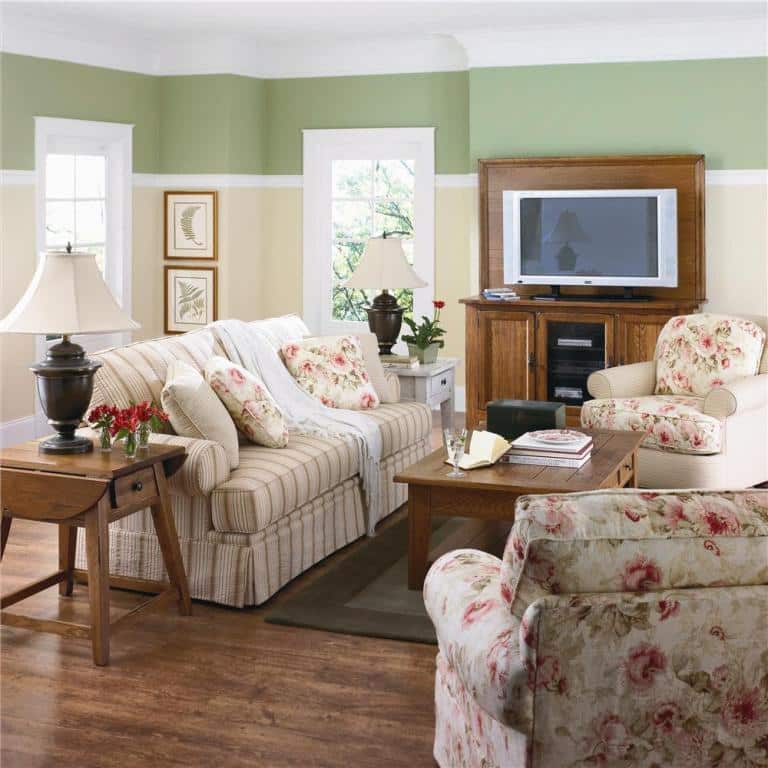





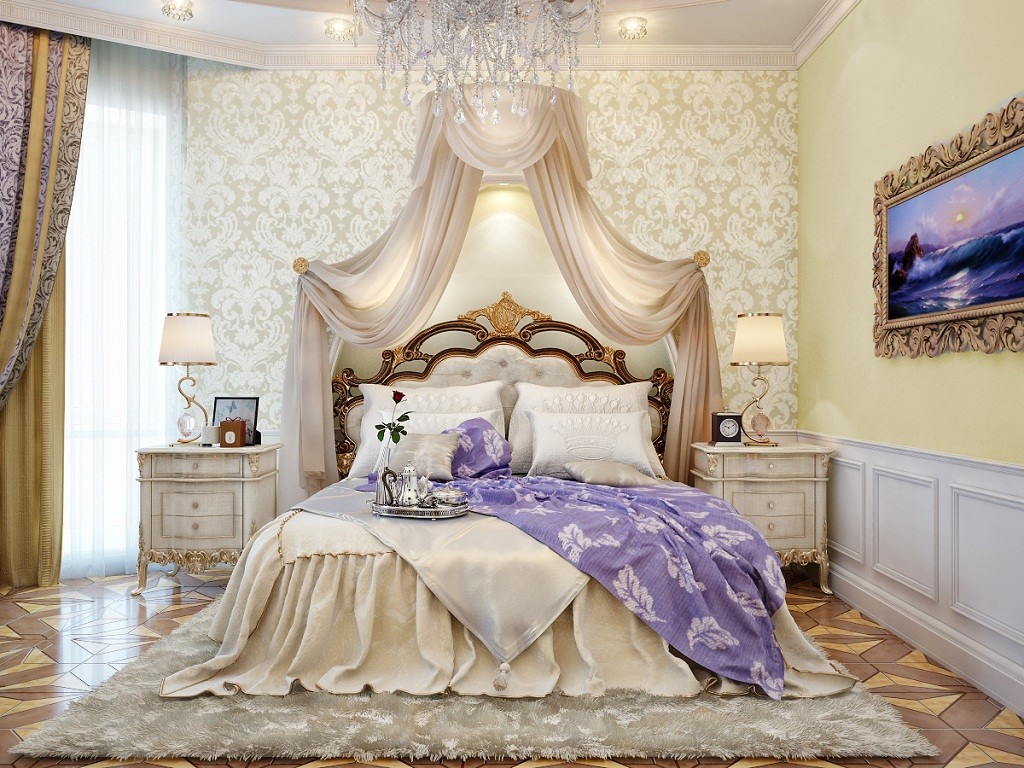





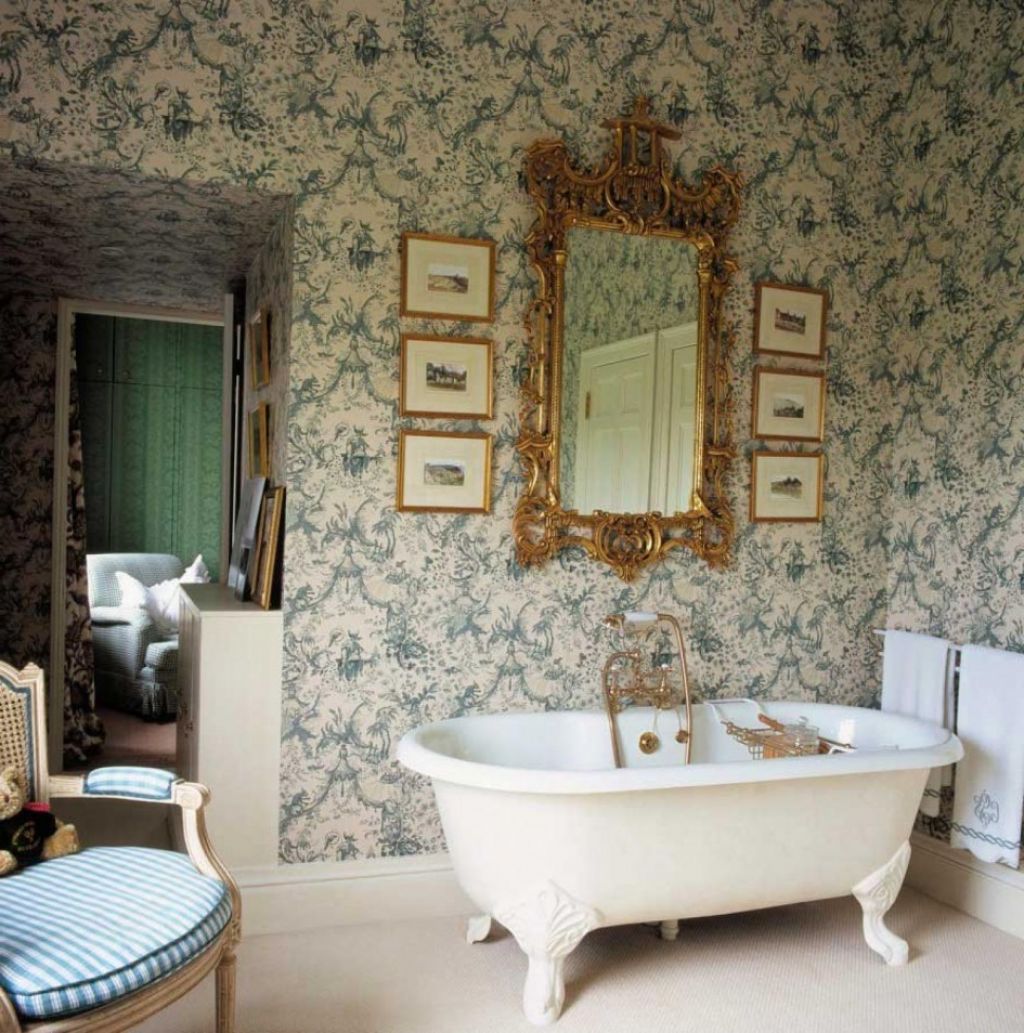



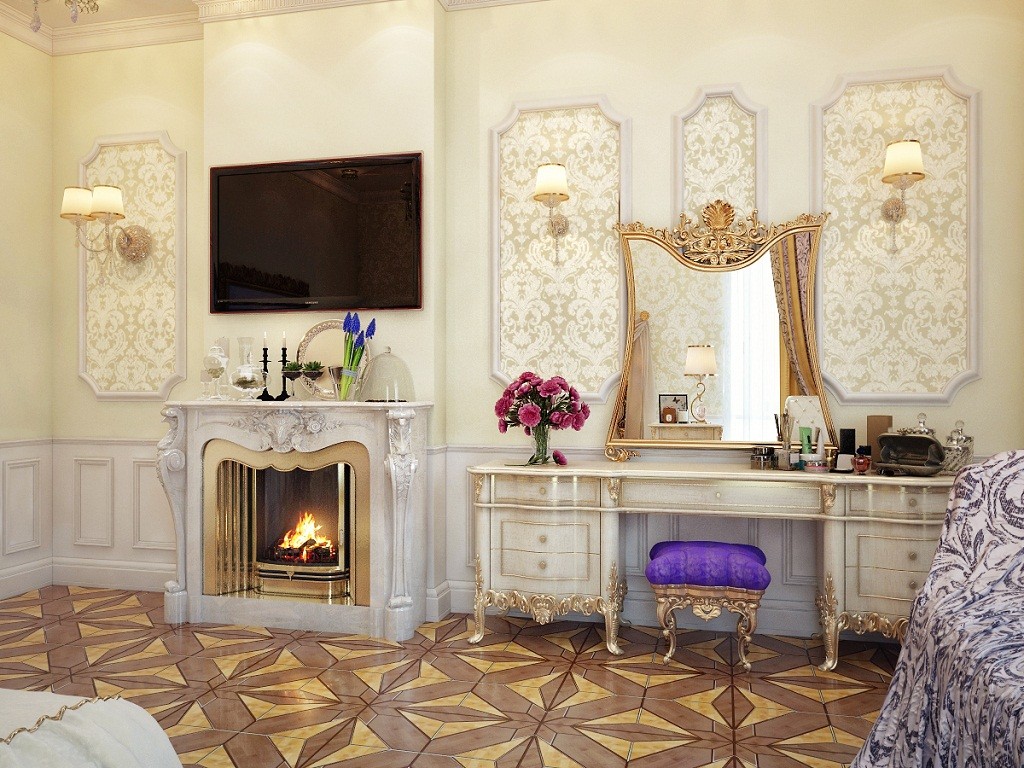
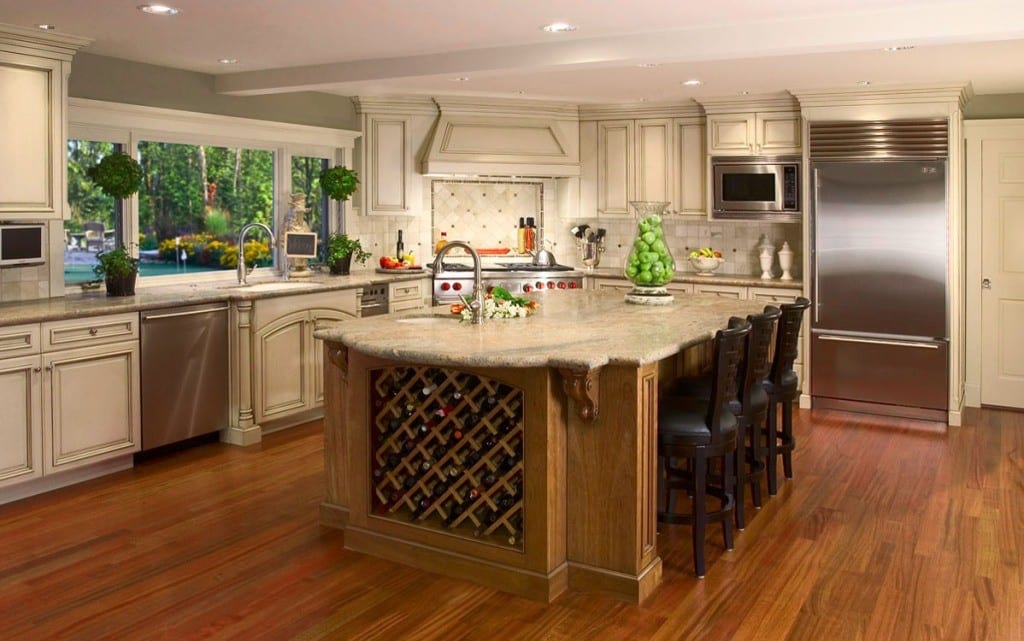
Victorian decor is known for its ornate detailing, rich shades, and the use of original features. However, modern adaptations of this design style have emerged, allowing homeowners to incorporate a Victorian aesthetic into their homes while still maintaining a contemporary feel. Here are some design techniques and modern adaptations to consider:
Modern Victorian Aesthetic
The modern Victorian aesthetic embraces the traditional Victorian design elements but with a contemporary twist. This aesthetic involves the use of bold colors, geometric patterns, and modern furniture pieces that are juxtaposed with ornate Victorian detailing. The result is a unique and stylish blend of old and new.
Juxtaposition of Old and New
One of the key design techniques in modern Victorian decor is the juxtaposition of old and new. This involves incorporating modern furniture pieces and accessories into a space that features traditional Victorian detailing. For example, a modern sofa in a bold color can be paired with a traditional Victorian rug or antique chandelier to create a space that is both stylish and timeless.
Incorporating Personal Style
Another aspect of modern Victorian decor is the incorporation of personal style. While traditional Victorian decor can be quite ornate and formal, modern adaptations allow for more personalization and individuality. Homeowners can incorporate their personal style into a space through the use of artwork, unique accessories, and statement furniture pieces.
In summary, modern Victorian decor is a design style that embraces the traditional Victorian aesthetic while incorporating modern elements. By juxtaposing old and new and incorporating personal style, homeowners can create a space that is both stylish and unique.
Practical Considerations for Victorian Decor
When it comes to Victorian decor, there are several practical considerations that one must keep in mind. From window treatments and lighting to choosing the right colors and patterns, and maintaining balance and scale, every aspect of Victorian decor requires careful attention to detail.
Window Treatments and Lighting
Window treatments and lighting play a crucial role in creating the perfect Victorian ambiance. Heavy, ornate curtains in rich fabrics such as velvet or brocade are a must-have for any Victorian-inspired room. Lace curtains can also be used to soften the look of the windows. Chandeliers and other light fixtures with intricate detailing are ideal for adding a touch of elegance and grandeur to the room.
Choosing the Right Colors and Patterns
Choosing the right colors and patterns is essential for creating an authentic Victorian look. Rich, deep colors such as burgundy, forest green, and navy blue are ideal for creating a cozy, intimate atmosphere. Intricate patterns such as damask, paisley, and floral prints are also popular choices for Victorian decor. When using patterns, it is important to maintain balance and scale to avoid overwhelming the space.
Maintaining Balance and Scale
Maintaining balance and scale is crucial when it comes to Victorian decor. Too much detailing or gilded mirrors can make the space feel cluttered and overwhelming. It is important to choose the right amount of detailing and keep it consistent throughout the room. Rugs and other textiles can be used to add texture and depth to the space, but they should be chosen carefully to maintain balance and scale.
In conclusion, Victorian decor requires attention to detail and a careful eye for balance and scale. From window treatments and lighting to choosing the right colors and patterns, every aspect of Victorian decor plays a crucial role in creating an authentic and elegant space.



